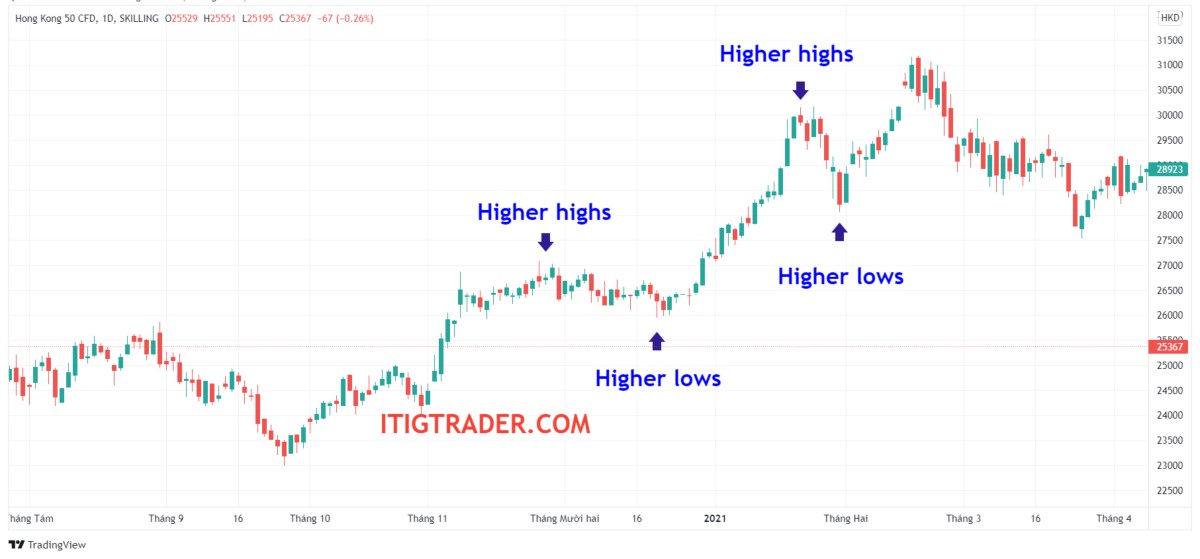Finding right Forex strategy is hard work.
Where do you start? How do you know when you’ve found right one?
If you learn thousands of trading strategies in world, answer to this question is very difficult to determine.
But empirically, strategy system gets worse as you add a multitude of technical indicators. But it doesn’t have to be.
Why not start with identifying a suitable trading style for yourself, such as Forex Swing trading?
It is certainly impossible to compare number of trading styles with multitude of trading strategies. This issue is also being debated a lot from community. But, I don’t think there will be too many trading styles.
In short, once you have identified a trading style that suits your personality, it becomes much easier to find a strategy that fits that style.
If you have determined swing trading is a wise choice or just want to learn more, then this post is for you.
At end of day, you will know exactly what swing trading is and whether it is right for you. I will also share a simple 6 step process that will help you profit from market fluctuations instantly.
Read on to learn how to make swing trading right for you.
Trading Styles vs Trading Strategy
Before proceeding, it is important to know difference between style and strategy. As I mentioned above, trading style is not so much. Here are some of most popular styles:
- Swing trading (medium-term trading)
- Day trading (day trading)
- Scalping (trading many days)
- Position trading (long-term trading)
- High-frequency trading
Within each of these strategies, there are hundreds, if not thousands, of strategies. In other words, there are as many different ways to day trade as there are ways to trade. Each trader can create his own style.
Example: A trader is day trading can use RSI indicator with a period of 14. Another trader with same style can use this tool with RSI 12 and in combination with moving average. MA 20.
As such Both are considered as day traders, but their strategies are different.
Same for swing trading. Because today on platforms such as MT4 with an almost endless number of indicators and trading methods, there are many, so tactics between traders are completely different a lot, not stopping at 2 people.
Also, it is more true that when you add trader mentality, things are further different.
In short, in Forex market or any other market number of participants with different trading styles, while strategy for which is far different for each trader.
What is Swing Trading?
As name implies, swing trading is an action strategy to profit from fluctuations in market. Take profit target is made up of two parts: body and swing point.
If you want to find exact “turning point” that can help traders make a lot of profit, but it is not absolutely necessary.
In fact, trying to capture peaks and troughs of exchange rate swings can lead to increased losses. There should be no such extreme thinking, best way is to be patient and wait for buy or sell signal of Price action.
As such, most important thing you just need to know is that “swing body” is profitable part of any market move.
Guide to Swing Trading in Forex
As you know, goal of swing trading is to capture larger swings in market. Naturally, this entails a period of price volatility that spans several days to several weeks.
Step 1: Use timeframe D1
It is advisable to spend a lot of time observing daily time frame. They provide a more complete picture of what is happening with price action and provide more reliable signals.
The H4 chart can be used for swing trading, but I find that daily chart works best.
If you start with D1 timeframe. Once you have profited from daily swing trading feel free to switch to H4 timeframe.
As a general rule, price action signals become more reliable as you move from a lower timeframe to a higher timeframe.
Step 2: Find key support and resistance
This is most important part of Swing trading strategy.
Think of drawing key support and resistance levels as building a staging ground for your home. Swing transactions cannot be identified without them.
There are 2 types of support and resistance that you should know:
Horizontal support and resistance
These are basics you want to have on your chart. It gives you a view of market’s reaction.
Trend line
Not all technical traders use trend lines. But many swing traders forget it. Trendlines not only give you a way to identify trends, but they can also be used to spot reversals before they happen.
Step 3: Determine Momentum
At this point, you should use D1 time frame and mark all relevant support and resistance areas. There are 3 types of momentum in market as follows:
- Uptrend: Higher highs (higher highs) and Higher lows (higher lows)
- Downtrend: Lower highs (lower highs) and Lower lows (lower lows)
- Range: Momentum Unknown
In an uptrend, you see how each pivot point is higher than last one in higher lows. If you want to be a buyer in this market, then place a Buy order.

On contrary, in lower downtrend, If you want to be a seller in this market, then place a Sell order.

As for market with unknown momentum, it is better to stay out of that market safest way to protect your capital from loss.
Source: Exness MT4

